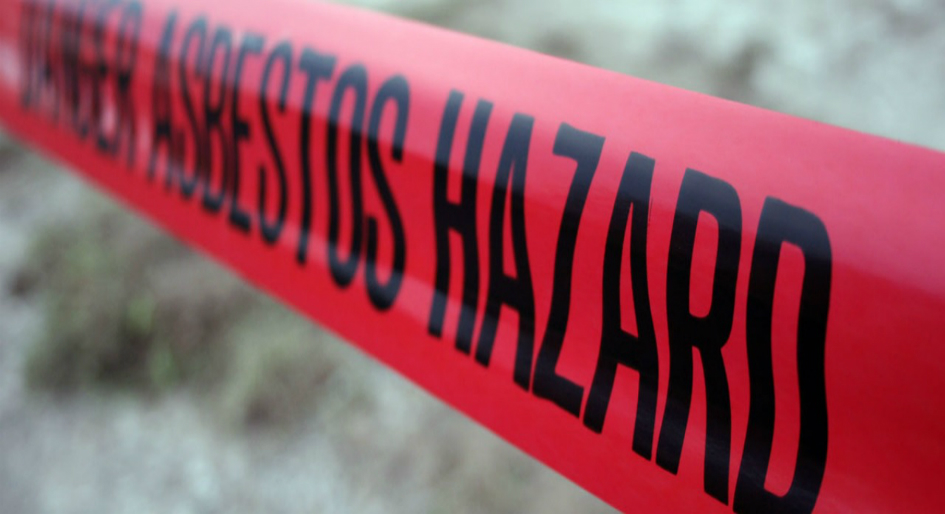Despite the estimated 3,000 Ontarians diagnosed with occupational cancer each year, only 400 cancer claims are submitted to Ontario’s Workplace Safety and Insurance Board (WSIB), and about 170 of these receive compensation.
A new 67-page, Ministry of Labour report, headed by Paul Demers, director of the Occupational Cancer Research Centre, lays out 11 recommendations that would improve decisions around workplace cancer claims and boost better prevention overall.
Workplace carcinogens are largely attributed to solar radiation, asbestos, diesel engine exhaust and crystalline silica. Diagnosing and compensating them is getting more difficult to do. Primary health-care providers are inadequately trained to diagnose these cancers, so many claims are never filed. Determining whether the disease is due to the nature of a worker’s employment also pose challenges, especially in jobs where multiple exposures are common. Construction workers are exposed to asbestos, crystalline silica, and diesel exhaust and nurses are exposed to night shift work, antineoplastic drugs, and radiation. Information on exposure in workplaces is also lacking.
Typically, workplace carcinogens have been identified due to small groups of people sharing the same potential exposure, but these clusters are getting harder to pin down. As the report states, there is currently no agency in Ontario with the responsibility to investigate these clusters, and neither the Workplace Safety and Insurance Board nor the Ministry of Labour have enough capacity to do so.
Expanding the number of trained staff to go out and investigate these clusters stands out as a key item among the many recommendations, along with the creation of an independent Scientific Review Panel composed of experts who review and update WSIB policies.








